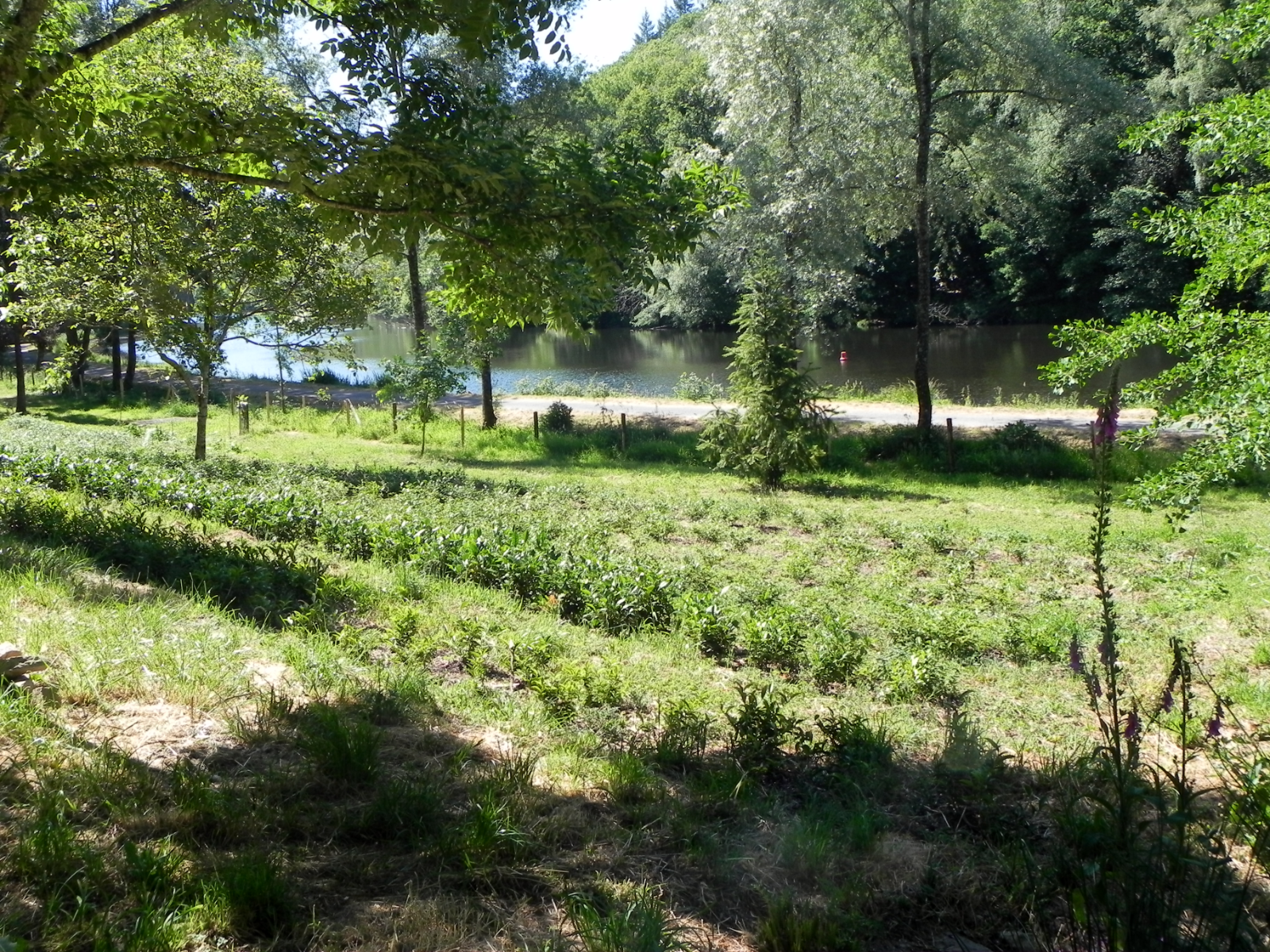
Brittany is a deeply paradoxical land. So profoundly Catholic that its population rose against the French Revolution to defend the divine right of kings, Brittany has been shaped by the pagan legends of the Celts and the spirit of commerce of the Protestants. Despite having been united with the kingdom of France in 1532, its Celtic language, its weather-beaten land and its founding myths make it more akin to France’s neighbour and rival of old: Great Britain. Denis and Weizi Mazerolle’s project reconciles these paradoxes and manages to fuse together these conflicting legacies. Reconciling the British tea with the French love of terroir – the unique effect that a particular combination of climate and soil has on its production – Denis and Weizi have developed a tea with a strong typicity that expresses aquatic, greeny and seaweedy notes, a true fusion of land and sea.
The genesis
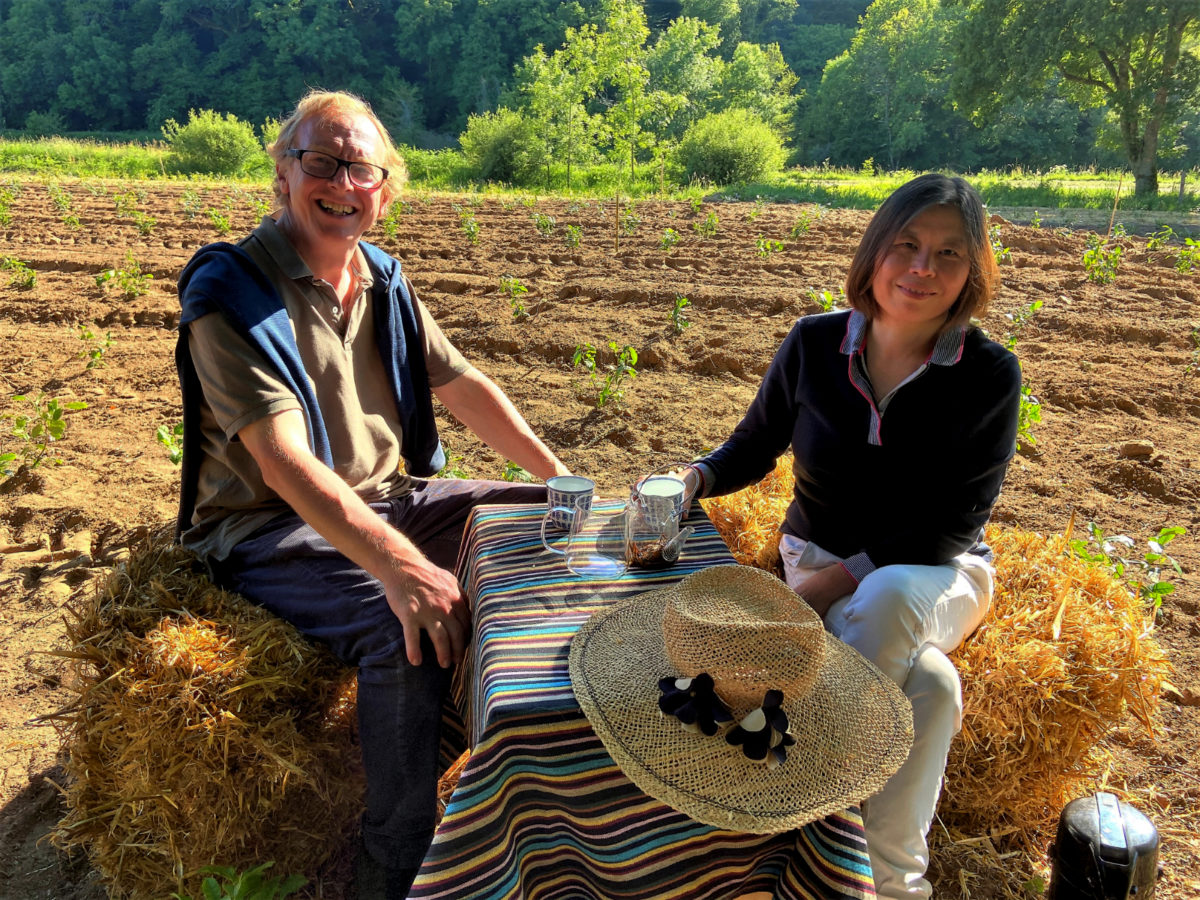
After a career in big corporations, nothing seemed to lead Denis Mazerolle – a physicist by training – to become one of the very first tea planters in France. At the beginning of the 1980s, while he was studying for a master’s degree in Chinese, Denis traveled to Zhejiang, China where he discovered Long Jing, one of the most famous of China’s teas. At the time, the village of Longjing was quite remote. He stayed with a Chinese family who introduced him to the green tea they routinely drank. When asked about this experience, Denis calls it his “Enlightenment”. Long Jing and this Chinese family are both his primal myth and maiden voyage into the world of tea. Up to this day, he remains deeply attached to green teas.
Therefore, when Denis and Weizi, got a vacation house in Brittany, at a stone throw from Lorient and Port Louis where two centuries earlier vessels from the East India Company used to head off to India and China and come back with a cargo of tea, bone china and “Indiennes”, they instantly thought of growing Camellia sinensis and starting a tea plantation. Everything seemed to suit their project: the spirit of the place, allowing them to revive and modernize the ancient link between oriental places of production and occidental places of consumption, the deep-rooted attachment of Bretons to camellias and – most of all- the terroir. The deep granitic soil, the temperate climate, the sunshine, and the ample precipitations that Brittany is so well-known for coincided to make a promising and unique terroir shaped by the sea, the ancient forests, and the billowing winds
Planting Eden
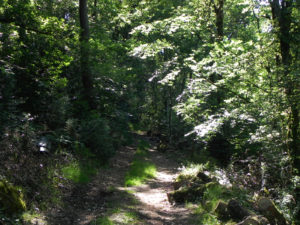
Even though some experiments had been made in the seventies, none of them had ever succeeded and Brittany was essentially a virgin land when it came to tea plantations. Everything thus remained to be done: selecting the cultivars, finding the perfect spot for them to thrive, and tailoring organic tea-growing practices to Brittany’s climate.
Among the wide variety of camellias available to tea gardens, Denis and Weizi selected in 2005 two for the initial plantation that would allow them to produce both black and green teas. They found Camellia Sinensis “Kolkhida” in a famous nursery specialized in camellias in the southwest of France, “Pépinières Thoby”. Native from Georgia, near the Black Sea, this cultivar was developed by the Soviet Union after World War II for its high yield and its robustness. In addition to making excellent black teas, it is also frost-resistant and thrives both in the shade and in the sun – a perfect fit for the Breton climate. They then looked for other small-leaf cultivars for their green tea production. They found some in Trévarez, a beautiful historical property located in Finistère (“end of the land”), West Brittany, and home to a world-famous plant conservatory which hosts a collection of camellias.
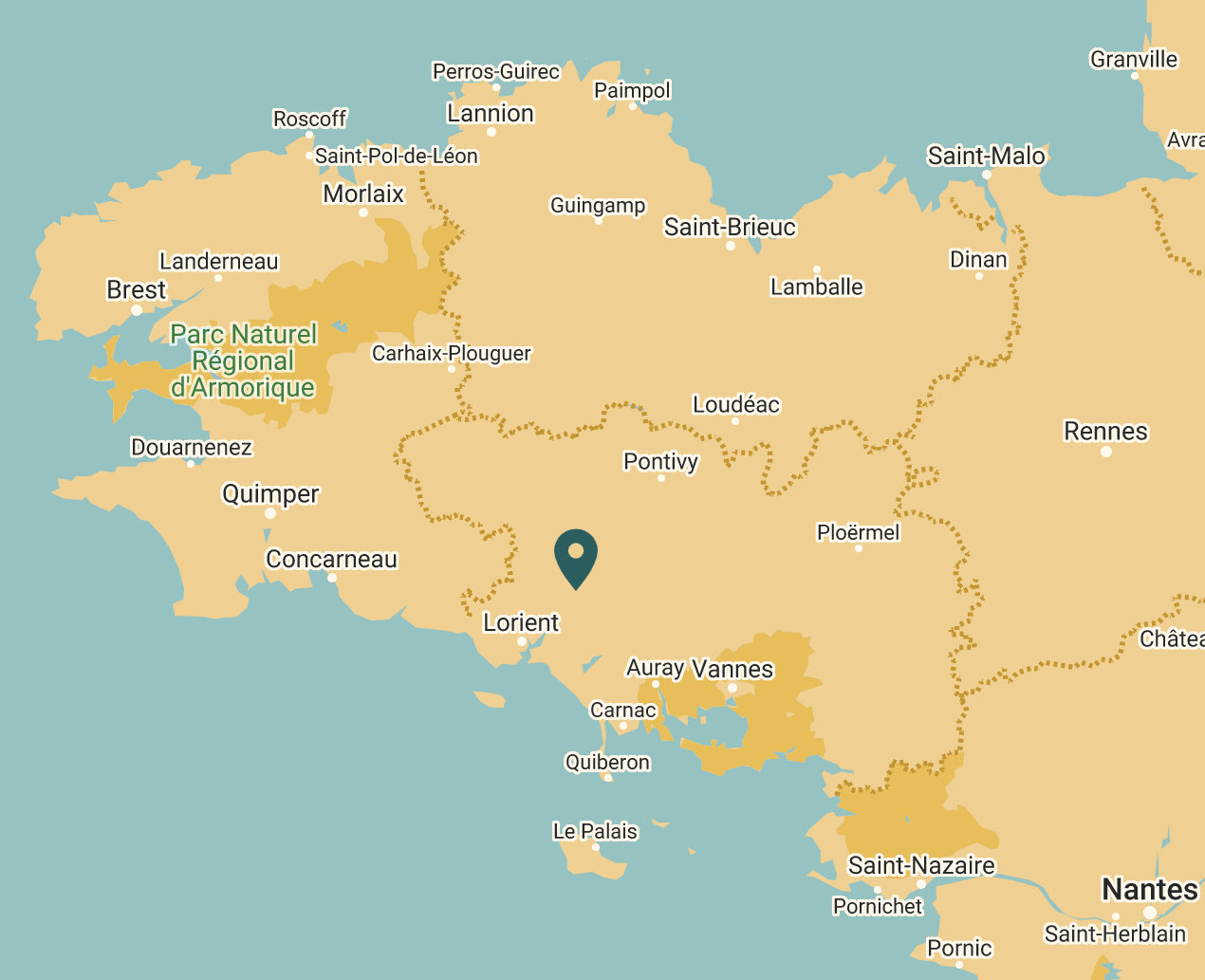
Having selected the ten tea bushes that would make up their initial tea garden, Denis and Weizi moved to the next crucial step: choosing where they would be planted. It is indeed the alliance of the terroir and the cultivars that define the identity of the tea produced. The humidity, the sunshine, the geological features of the place, even the insects and worms that air and fertilize the soil can modify the eventual taste of the tea. They chose to plant the tea bushes in a meadow where they found that the hygrometry was good and that the tea bushes would be protected from the wind. The biodiversity of the place was perfectly preserved and proved useful in their endeavor to grow a fully organic culture. As the tea bushes need a lot of nitrogen to thrive, Denis and Weizi used wood shavings, straw, and local manure to enrich the soil. They found that the climate protected the tea bushes from rotting and parasites that are the main threat to the bushes – the cochineal, a scale insect – could be easily fought with organic treatments.
From toil you will drink of it

In 2014, Denis and Weizi were able to reap the first product of their labors: 50 grams of green tea which they manufactured using the traditional Chinese method of heating the tea in a wok. Their very first green tea had its own typicity. Expressing aquatic, greeny, and seaweedy notes, it was a pure evocation of its terroir.
After this promising first try, Denis and Weizi were ready for the next step: expanding their tea garden and diversifying their production. By 2015, only five of the initial ten trees planted in 2005 remained, having survived the assault of the deer that prowl around the plantation in search of their favorite tea leaves. They were named “the great ancestors” and 200 tea trees were planted around them. From then on, what was merely a novel experiment became a business to which they would devote most of their time. In addition to green teas, Denis and Weizi started manufacturing black and white teas. Expanding and diversifying their production involved planting even more trees, while at the same time preserving the unity of the tea garden. Both to ensure a certain regularity in quality and taste and to refine the identity of the tea produced, Denis and Weizi started a selection work in which they used cuttings and seeds. No less than 2,000 trees issued from this three-year-long process and were planted in 2018.
Filleule des fées (Goddaughter of the Fairies) is now a 3,000 m2 tea garden, with 2,000 tea bushes producing 20 to 30 kilos of tea every year. Two more hectares (20,000 m²) were planted nearby during the past two years using cuttings taken from the most promising bushes. While some tea regions yield up to four flushes a year, Denis and Weizi have had to adapt to the Breton climate. They harvest twice a year: from April to the end of June for the 1st flush and from September to October for the 2nd autumn flush.
Filleule des Fées green teas retain their marine notes with hints of citrus. The black teas are fruity, with citrus notes as well, and have very little astringency. Both green teas and black teas are on the light side. The white teas are made only from buds and are very pleasant, with dry raisin notes.
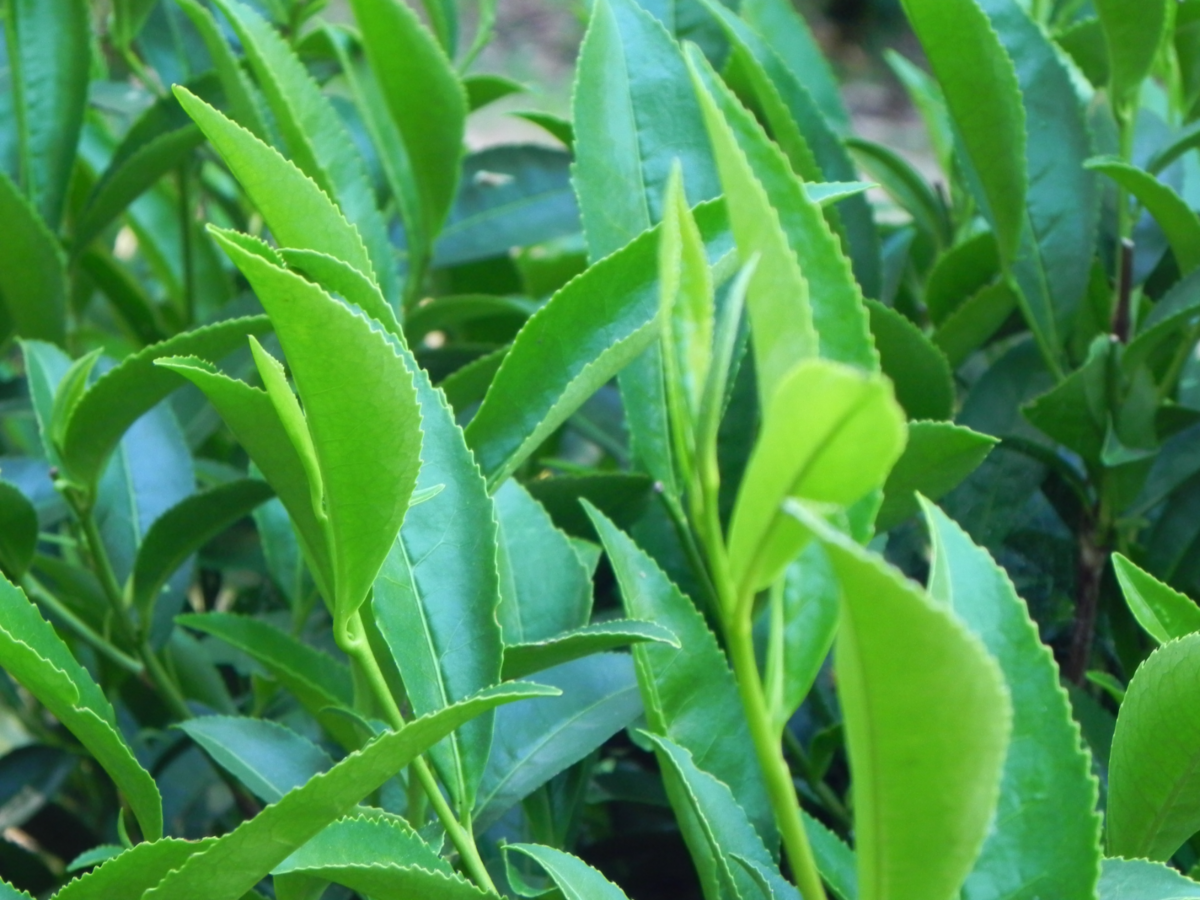
Denis and Weizi, along with investors, are now planning to add oolongs to their production. Even though they possess a few cultivars from Wuyishan, they are bracing for a challenge. The best oolong is indeed mainly made in semi-tropical regions like Taïwan and Fujian. It will take intricate and delicate acclimation work to produce quality tea.
Laudatory feedback
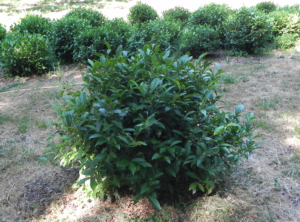
For Denis and his wife, it has been a long and difficult journey, but the success, emotions, and excitement have made it worth the while. The teas have found their own typicity, revealing their unique terroir from Brittany. They have received laudatory feedback from the best tea experts in France.
Their ambition is to rival the best tea plantations in traditional tea-growing regions with their fully organic, one of a kind Breton teas. If you are interested in getting involved in this unique project and being a part of one of the first tea gardens in France, you can sponsor young tea bushes and receive the premium teas produced by these bushes.
Very interesting article.
Your story is very exciting. My husband and I talk about growing tea. We’ve grown the “other”camillia successfully for years. How much difference can there be😉